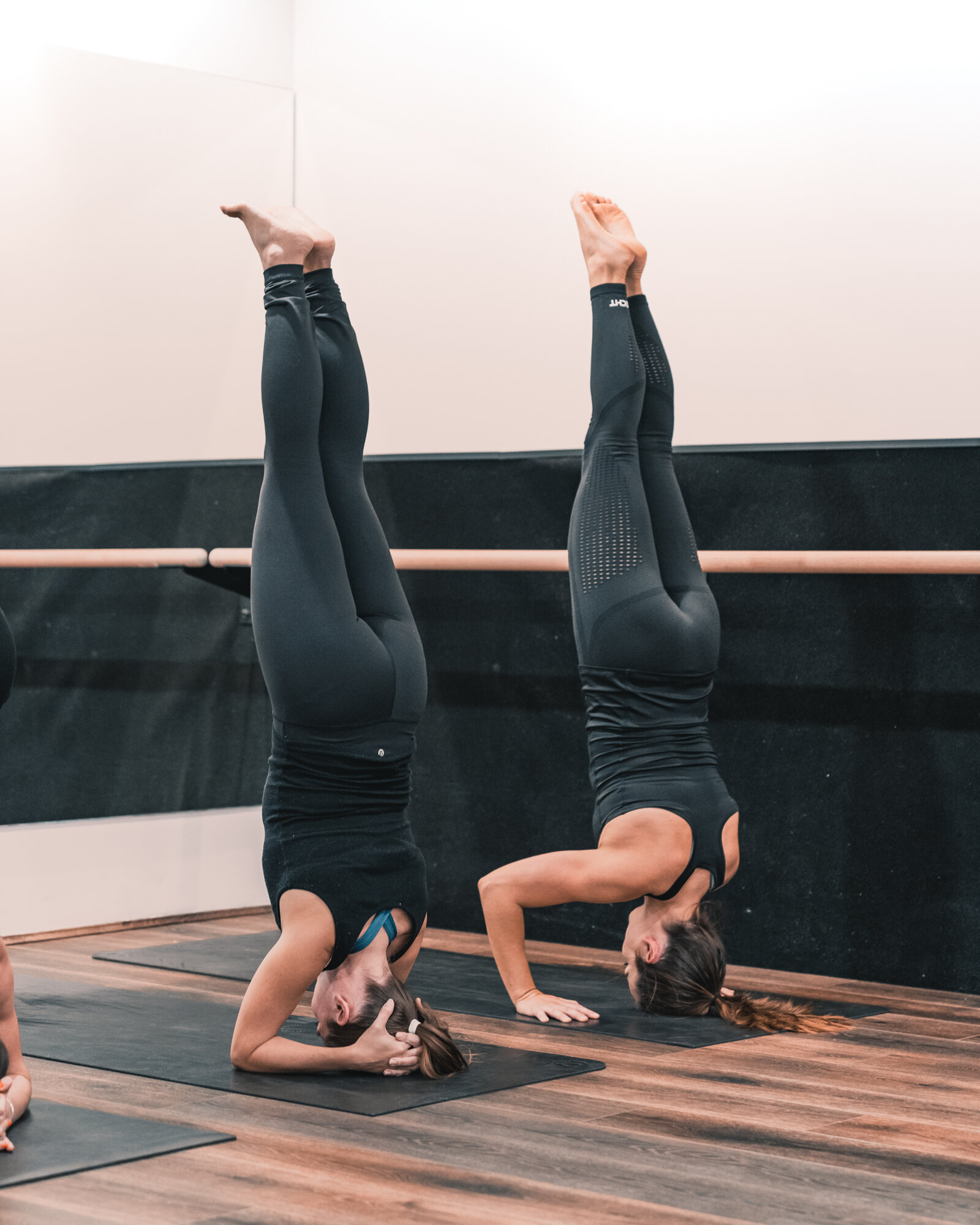A Complete Guide to Hatha Yoga
The popularity of yoga over the last few years has seen millions of people embracing the practice. Many of them would never have imagined themselves doing so. Yet, they have been won over by the physical, mental and spiritual benefits that yoga presents. In this article, we focus on one of the most practical and popular forms of yoga, Hatha.
What is Hatha Yoga?
Hatha Yoga has been described as the yoga of activity. Rather than being a separate style, it encompasses all styles of yoga in which poses, or asanas, take place. With its adoption into the western yoga landscape, however, Hatha yoga is generally regarded as its own style.
The word Hatha translates from Sanskrit as ‘union of the opposites’. It is made up of the words ‘ha’ (sun) and ‘tha’ (moon). It refers to a balance between two extremes. Hatha yoga came about as a means for the original yogis to undertake the preparation of their physical and mental states to maintain the control and physical and mental discipline required for their meditative practice. It involves a combination of concentration, asanas and focus to breathing.
The key difference between a Hatha yoga class and others, such as Vinyasa or Yin, is that the asanas are practised in a more slow, deliberate and gentle manner. The flow between composers that is a trademark of Vinyasa yoga is not seen in a Hatha yoga class. When it comes to Yin yoga, the majority of the asanas are done when seated or lying on the floor. The poses are also held for much longer than in a Hatha session. The goal of Yin yoga is to penetrate into the deep layers of the body, whereas Hatha is more geared toward the outer layers.
Hatha Yoga Benefits
The regular practice of Hatha Yoga provides the following benefits:
· Improved flexibility
· Enhanced coordination and body balance
· Mental calmness
· Stress relief
· Physical strength enhancement
· Improved fitness level
· Enhanced immune system functioning
A Typical Hatha Yoga Session
Hatha yoga classes are quite long, lasting up to 1 ½ hours. This will be broken down into the practice of a number of techniques including:
Pranayama
Pranayama focuses on controlling and retraining our breathing in order to control our life force energy. It involves learning deep breathing methods. Often, the instructor will introduce deep breathing exercises designed to relax the mind and body in preparation for the assignors to come. The word pranayama is translated as ‘life force extension.’
Sun Salutation
Sun salutation is a popular warmup activity. It is essentially a series of asanas that are combined with the pranayama breathing exercises previously learned. Sun salutations are a great transition into asanas while encouraging mindfulness and stillness.
Asana
A large portion of each Hatha class will involve the practice of asanas. These movements will involve all forms of movement including balanced posture, floor poses, core movement and backward inversion.
Savasana
Hatha yoga classes will usually finish with the Savasana, which translates as corpse pose. This warm down pose as you stretched out on the floor on your back with limbs outstretched. You remain in this position for up to 15 minutes as you concentrate on your breathing and the way your body feels.
Wrap Up
Hatha yoga is a more gentle, controlled and, arguably, accessible form of yoga than many of the other styles on offer. It is also the most popular type of class available. If you haven’t already, why not take a class down at your local gym or a yoga studio? Your body will love you for it.

